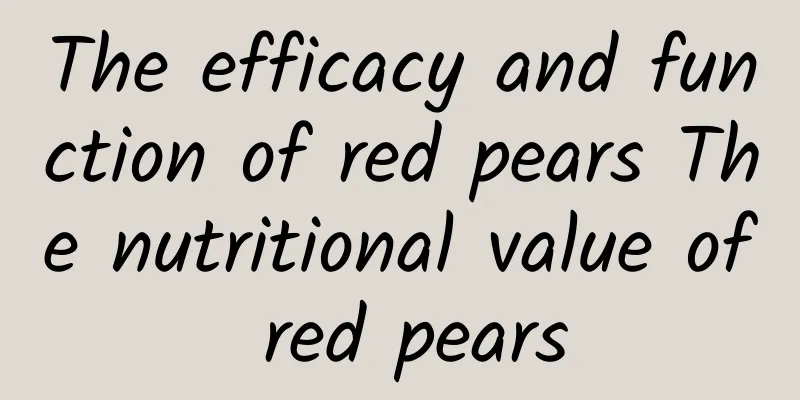International Mineralogical Association_IMA review and website information

|
International Mineralogical Association_What is IMA? The International Mineralogical Association (IMA) is an international scientific organization founded in 1958. Its main tasks are to promote international cooperation among mineralogists, to discuss and formulate mineral classification schemes and terminology, to name new minerals, and to approve and cancel them. Website: www.ima-mineralogy.org International Mineralogical Association (IMA): A pioneer in promoting global mineralogical research and cooperationThe International Mineralogical Association (IMA) is one of the most important international scientific organizations in the field of mineralogy. Since its establishment in 1958, IMA has been committed to promoting international cooperation among mineralogists, jointly formulating mineral classification schemes and terminology specifications, and is responsible for the approval and cancellation of new mineral names. As an authoritative organization in the field of mineralogy, IMA has played an irreplaceable role in promoting mineralogical research and standardization. IMA's founding background and development historyThe establishment of IMA stems from the urgent need of the mineralogy community for unified standards and international cooperation. In the mid-20th century, with the rapid development of science and technology, mineralogy research entered a new stage. However, at that time, there were great differences among countries in mineral classification, naming and terminology, which brought many inconveniences to international academic exchanges. In order to coordinate these issues, mineralogists from many countries held a meeting in Rome, Italy in 1958 and formally established the International Mineralogical Association. Since then, IMA has become an important driving force in the field of mineralogy. In its development, the association has continuously expanded its scope of functions and gradually established its authority in the discovery and naming of new minerals. At the same time, IMA also actively participates in the activities of other related organizations such as the International Union of Geological Sciences (IUGS), further strengthening the connection between mineralogy and other branches of earth sciences. IMA's main tasks and functionsAs the core organization in the field of mineralogy, IMA undertakes a number of key tasks, covering scientific research, academic exchanges, industry norms and other aspects. The following are the main functions of IMA:
IMA's Organizational StructureIn order to effectively perform its duties, IMA has established a complete organizational structure. The association is composed of member countries, and each country can participate in the management of IMA affairs by sending representatives. Currently, IMA has more than 40 member countries, covering major mineralogical research institutions in five continents. In terms of internal operations, IMA has established several professional committees, each responsible for specific matters in different fields. For example, the New Minerals and Mineral Nomenclature Committee (CNMNC) focuses on the naming and review of new minerals; the Crystal Chemistry Committee focuses on the research progress of mineral crystal structure. In addition, IMA also holds general meetings regularly to discuss major issues and elect leadership. IMA's official website: www.ima-mineralogy.orgAs an important window for IMA to show itself to the outside world, its official website ( www.ima-mineralogy.org ) provides users with a wealth of information resources and services. The website content includes but is not limited to the following aspects:
The influence of IMA on modern mineralogy researchAs a benchmark organization in the field of mineralogy, IMA has had a profound impact on modern scientific research. First, in terms of mineral classification and naming, the standards set by IMA have become universal norms worldwide, providing a solid foundation for mineralogical research. Second, by promoting international cooperation, IMA has successfully promoted many multinational research projects, especially in the fields of extreme environment minerals and extraterrestrial minerals, and has made important breakthroughs. In addition, IMA seeks a balance between mineral resource development and environmental protection. The association encourages researchers to explore ways to sustainably utilize mineral resources and advocates the application of mineralogical research results to solve practical problems such as mineral exploration, materials science, and geological disaster prevention. Future Outlook: IMA's Development DirectionFacing new challenges and opportunities in the 21st century, IMA is actively adjusting its strategic direction to better adapt to the changes of the times. The following are several key directions for the association's future development:
ConclusionAs the world's leading mineralogy organization, the International Mineralogical Association (IMA) has made outstanding contributions to the promotion of mineralogy research over the past sixty years. By establishing unified standards, promoting international cooperation and cultivating a new generation of talents, IMA has not only consolidated its leadership in the academic community, but also provided valuable knowledge for human understanding of nature. Looking to the future, IMA will continue to uphold the spirit of openness and innovation to meet new challenges and opportunities. Whether in exploring unknown minerals, protecting natural resources or promoting scientific and technological progress, IMA will be an indispensable force. If you are interested in mineralogy, you may wish to visit its official website ( www.ima-mineralogy.org ) to learn more about this fascinating scientific field. |
>>: How is Woo Seok University? Woo Seok University reviews and website information
Recommend
The efficacy of Nepenthes flowers and how to cultivate Nepenthes
People usually like to grow some flowers and plan...
How to soak passion fruit in water? The correct way to soak passion fruit in water
Usually when people eat passion fruit, they will ...
What are the benefits of eating pomegranates? What are the benefits of eating pomegranates?
Every autumn is the season for pomegranate harves...
Ingredients and method of fried dough sticks with bean curd and eggplant
How to fry fried dough sticks? Fried dough sticks...
What can't be eaten with snails? Taboos of eating snails
Snails are a kind of mollusk that can be eaten af...
Grafting method of Christmas claw orchid
The common sowing methods of Christmas cactus (Ch...
Difference Between Black Beans and Black Kidney Beans
In a few days, I will tell you the difference bet...
How to make duck and winter melon soup at home
It’s also a good idea to make some old duck and w...
Disease-preventing, fitness-promoting porridge
How much do you know about the disease prevention...
The efficacy and nutritional value of grapefruit
Now is the season when grapefruit is on the marke...
The effect of persimmon porridge
What are the benefits of dried persimmon porridge?...
How is Samsung C&T? Samsung C&T reviews and website information
What is Samsung C&T? Samsung C&T is the pr...
How is CA Cancer J Clin? CA Cancer J Clin reviews and website information
What is the website of CA Cancer J Clin? Website: ...
What is Kraft Foods like? Kraft Foods reviews and website information
What is Kraft Foods? Kraft Foods is an American fo...
How is "The Spectator"? "The Spectator" review and website information
What is The Spectator? The Spectator is a British ...









